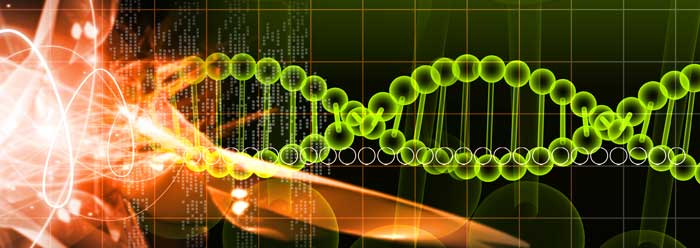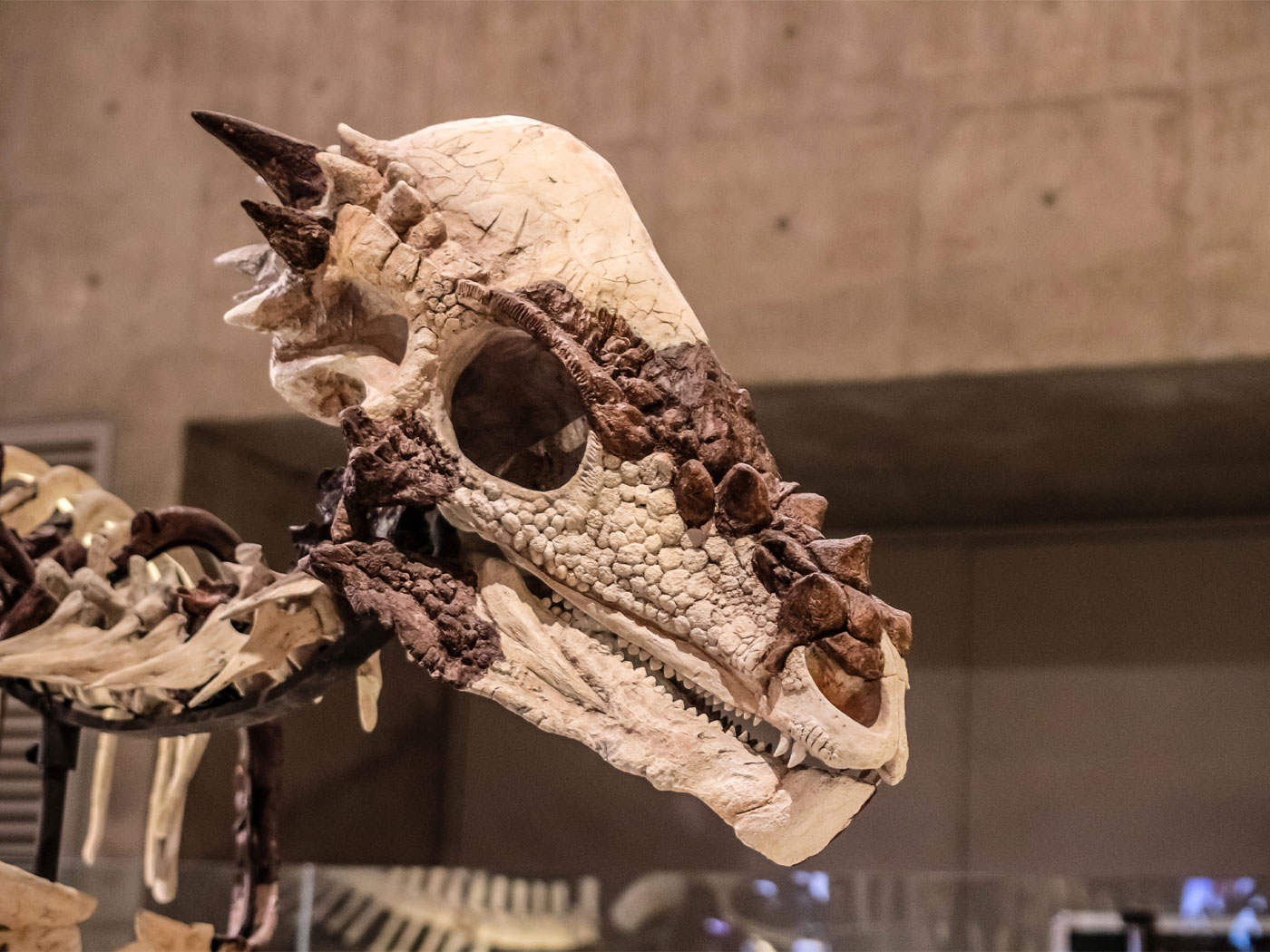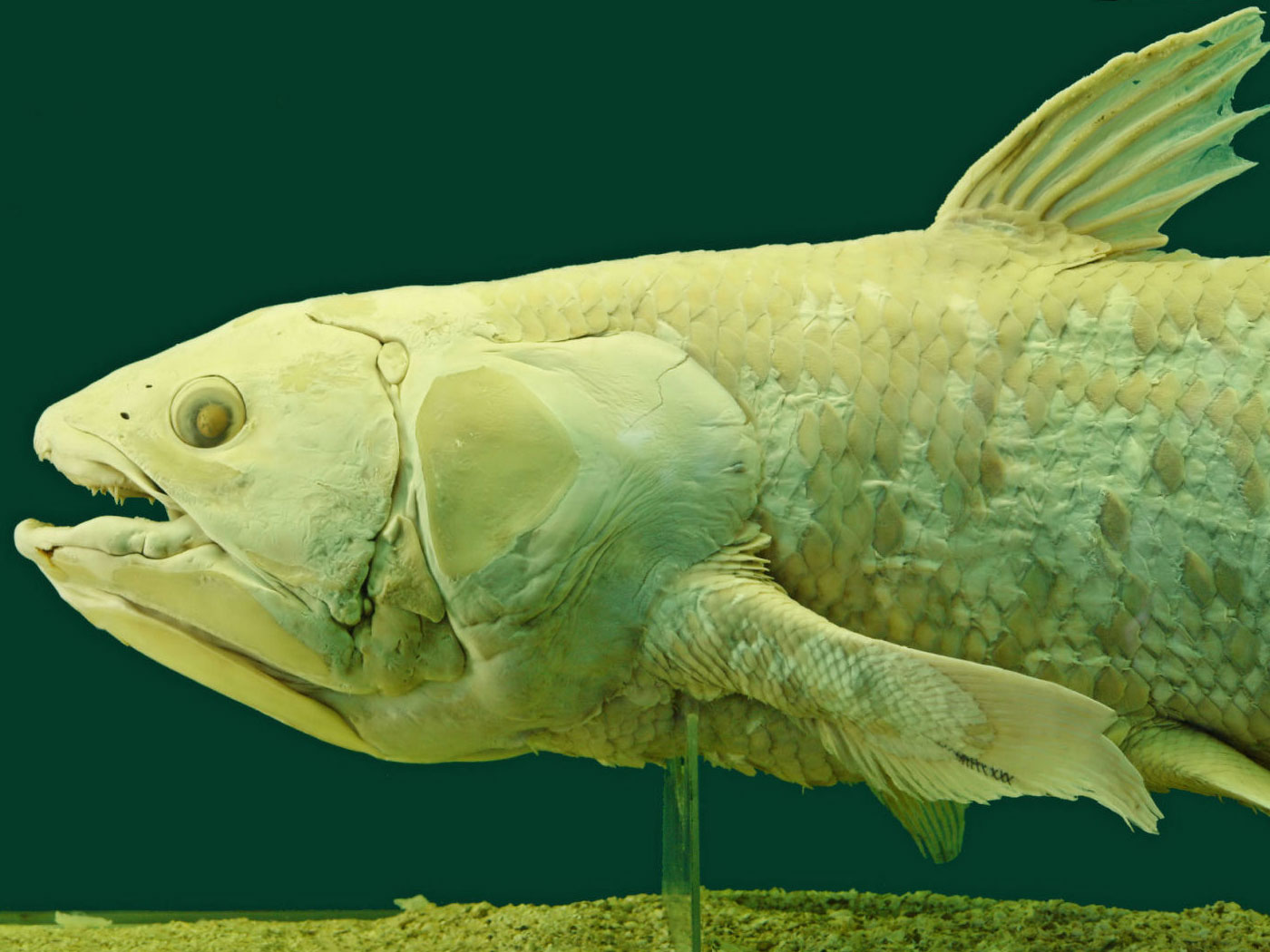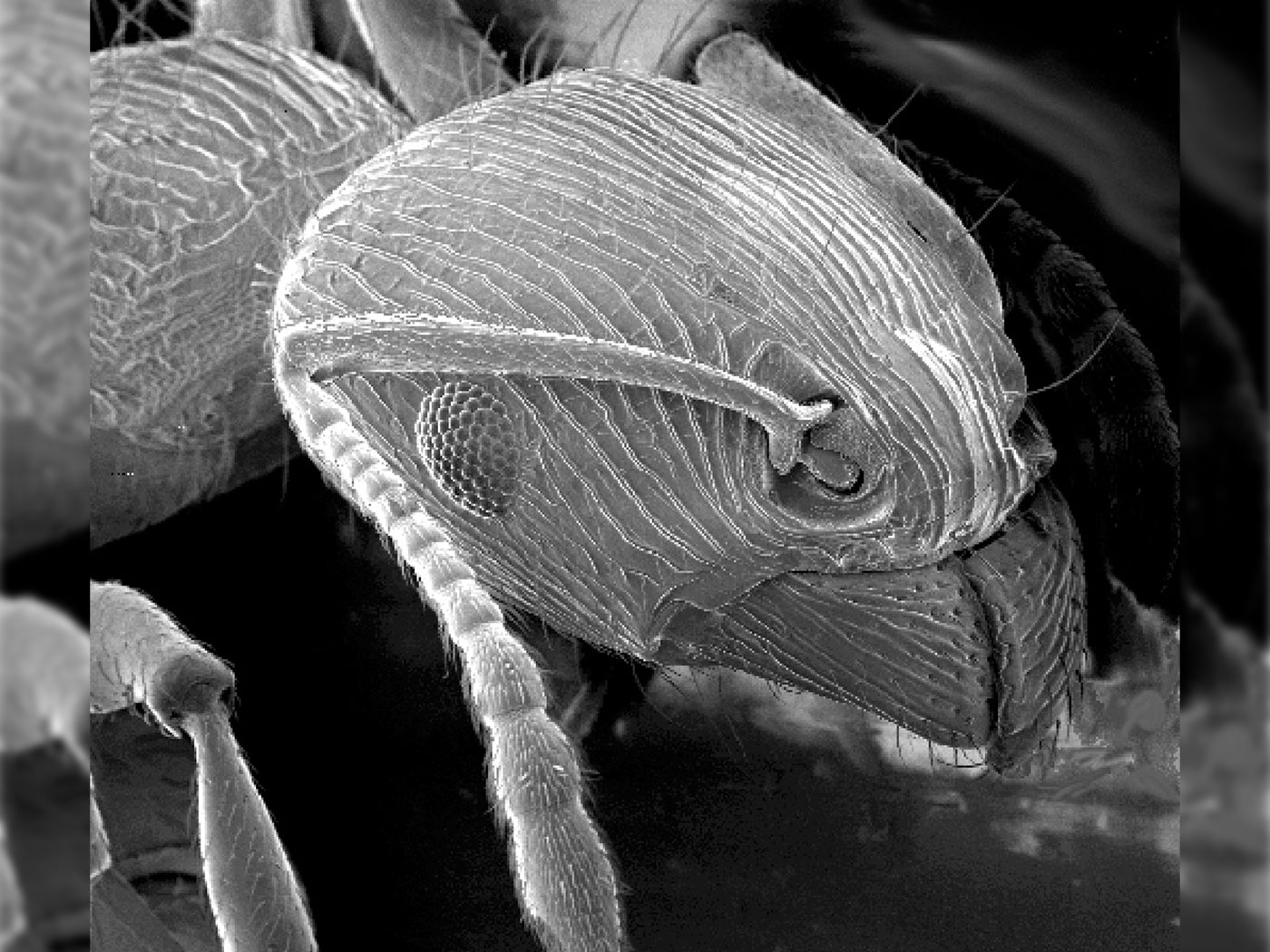In church, a friend asked me about the movie Jurassic World. Its high-tech presentation makes the idea of scientists resurrecting dinosaurs from DNA “mined” from fossils almost seem believable. What parts can we trust, and what parts can we toss?
Good science supports about as many of this movie’s major science-sounding concepts as it does those of recent superhero movies—i.e., very few.
First, the movie’s creators seem to have matched giant sauropods to their sizes known from fossils, but real dinosaurs hatched from small eggs and took several dozen years to get that big. Nobody can accelerate a creature’s growth, and there wasn’t enough time for them to achieve that size. Plus, many other dinosaurs appear much larger in the movie than they ever were when alive.
Much of the movie shows unrealistic technology. Geneticists have made incredible discoveries in the last few decades, but with each new detail they uncover, they find another mind-boggling feature of living creatures. Animal anatomies, genetics, and developmental regimes are so complicated we may never understand them well enough to manipulate them like the fictional geneticists in Jurassic World did. The human body accesses over 200 interactive genes involved in height alone. And many of the genes used during embryonic development perform important separate functions later in life, showcasing the awesome ingenuity of our great Creator. Geneticists would not know where to begin manipulating such a vast network of incredible complexity to produce a new type of creature from living animal genes—let alone an extinct animal like a dinosaur.
Speaking of which, no scientist has yet brought an extinct creature back to life from just its DNA, much less from isolated and degraded fragments of ancient DNA. It takes a mother to make a baby. It would be amazing indeed to make a machine that mimics all the complicated and wonderful features of a mother’s egg and a mother’s body. The opening scene of Jurassic World shows a dinosaur hatching from an already mature egg. They don’t show how that egg got there—where’s the required mother? Scientists cannot craft eggs. The mere shell of a dinosaur egg consisted of precisely interwoven protein fibers and minerals thin enough to permit gas exchange but thick enough to protect the baby dinosaur.
Good science can achieve wonderful feats, but it cannot work miracles or magic. It cannot make a baby out of just DNA.
And what about the idea in Jurassic World that iron plus “hydroxyl” can cause special chemical reactions that somehow preserve animal tissues—and maybe even DNA—for millions of years? The scriptwriters needed a scientific-sounding basis for asserting that DNA buried in the earth stayed in good enough shape for geneticists to read its stored information even after that length of time. But this iron rescuing device fails for two reasons. First, although iron discourages bacterial growth, iron plus hydroxyl shreds proteins and DNA. In contrast to the assertions about iron’s preserving power, experiments show it destroys tissues.1 Second, researchers find few signs of iron or hydroxyls when they uncover bone proteins in fossils. Iron can do amazing things like help transport oxygen and conduct electricity, but it cannot halt or reverse the inevitable chemistry involved in the decay of proteins over time.
Jurassic World packs plenty of pure fiction into a literally unbelievable thriller. Here in the real world, incredibly complicated gene networks reveal the Creator’s masterful mind. This fits with Genesis creation. Also, proteins and DNA found in fossils show that Earth’s sedimentary layers are quite young. This fits the Bible’s timeline. TheJurassic World filmmakers did a nice job making science-sounding concepts appear reasonable, but as usual, real science supports Scripture, not fiction.
Reference
- “Due to its strong reactivity with biomolecules, hydroxyl radical is capable of doing more damage to biological systems than any other ROS [reactive oxygen species].” Prousek, J. 2007. Fenton chemistry in biology and in medicine. Pure & Applied Chemistry. 79 (12): 2325–2338.
Image credit: Copyright © 2015 Jurassic World Universe. Adapted for use in accordance with federal copyright (fair use doctrine) law. Usage by ICR does not imply endorsement of copyright holders.
* Mr. Thomas is Science Writer at the Institute for Creation Research.























